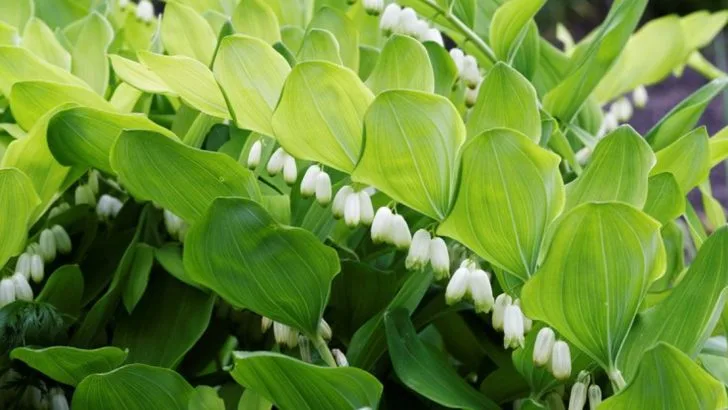Creating a stunning garden doesn’t always require full sun. Many shade-loving plants thrive in low-light conditions, allowing you to cultivate a beautiful and vibrant garden even in areas that are shaded for most of the day. Whether you have a shady backyard corner, beneath tall trees, or along a north-facing wall, there are plenty of plants that can bring lush greenery and pops of color to your garden.
From ferns and hostas to heuchera and astilbe, these shade-tolerant plants are perfect for creating a serene, low-maintenance garden with minimal sunlight. They add texture, depth, and variety, transforming shady spots into thriving, peaceful oases.
Explore 21 of the best plants for shade gardens, and learn how to grow them successfully without the need for direct sunlight!
Hosta
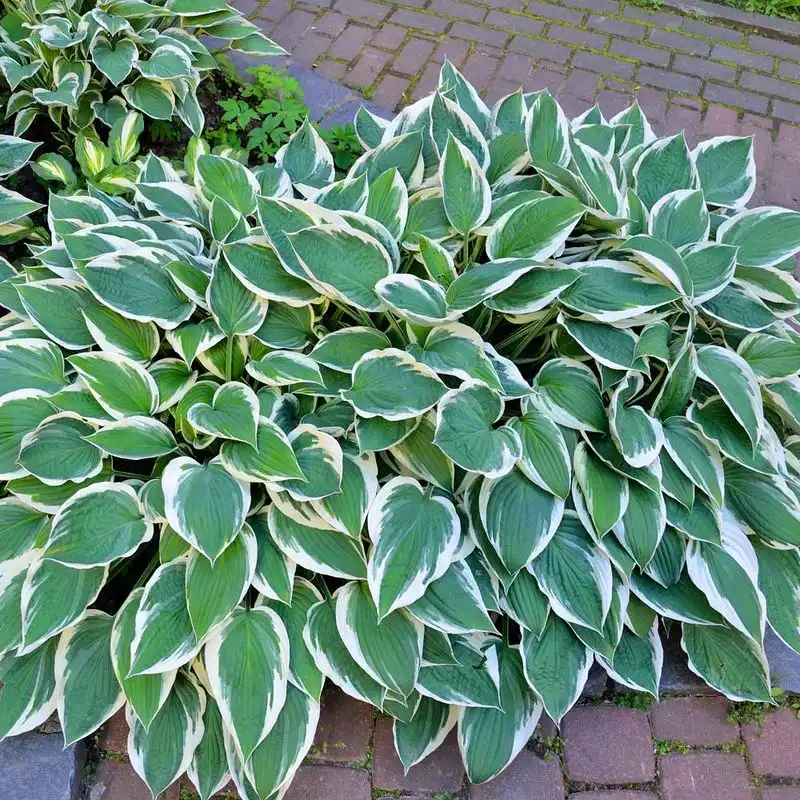
Hostas are celebrated for their robust foliage and adaptability to shade. With a variety of leaf colors and textures, they can transform a gloomy corner into an eye-catching feature. Despite their leafy appearance, hostas are hardy and require minimal care. They prefer moist, well-drained soil but can withstand occasional drought. In addition to their aesthetic appeal, hostas provide shelter for small garden creatures. For an elegant touch, consider combining them with ferns or astilbes.
Astilbe
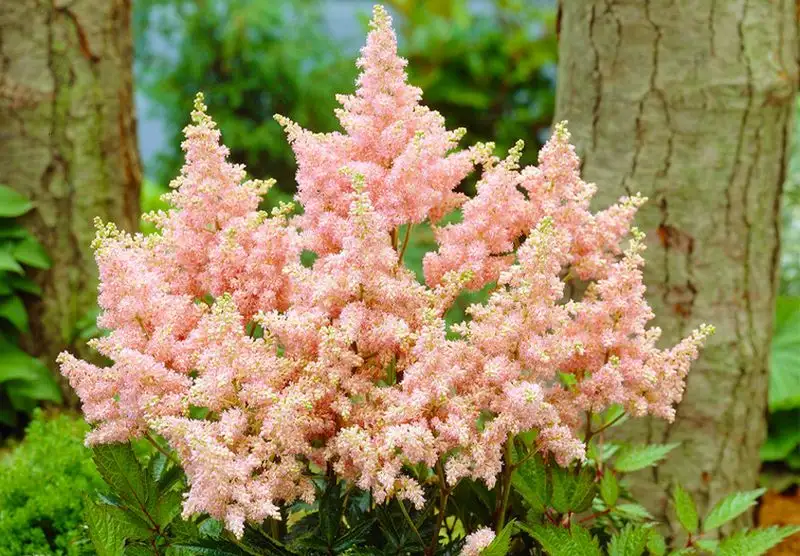
Astilbes bring color and feathery texture to any shaded space. Their plume-like flowers bloom throughout the summer, offering shades from soft pink to deep red. Astilbes thrive in moist, well-drained soil and are perfect for borders or along shaded pathways. They attract pollinators, adding life to your garden. For best results, ensure they receive consistent moisture. Pair them with hostas or ferns for a layered look.
Ferns
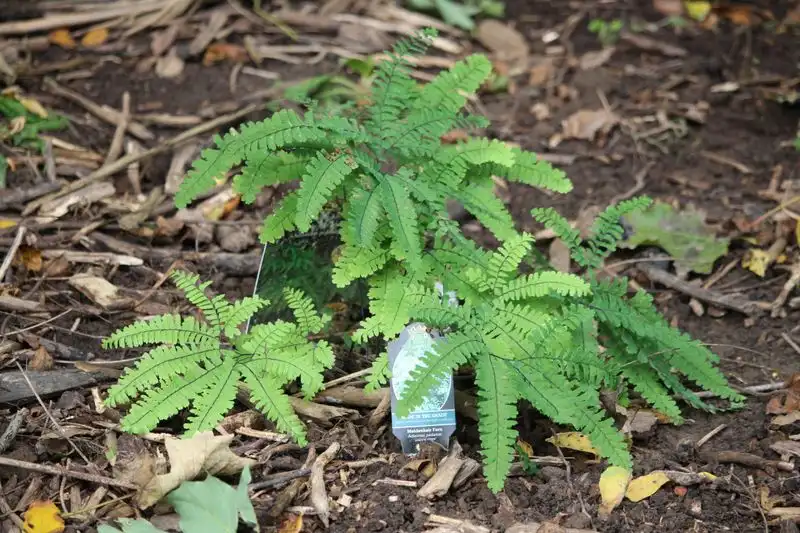
Ferns are the epitome of versatility in shaded gardens. Their delicate fronds offer a lush, forest-like ambiance. From the soft maidenhair to the dramatic ostrich fern, there are countless varieties to explore. Most ferns thrive in cool, moist climates, but some are more drought-tolerant. They add texture and movement, especially when a gentle breeze passes through. Experiment with different types to create depth and contrast.
Heuchera
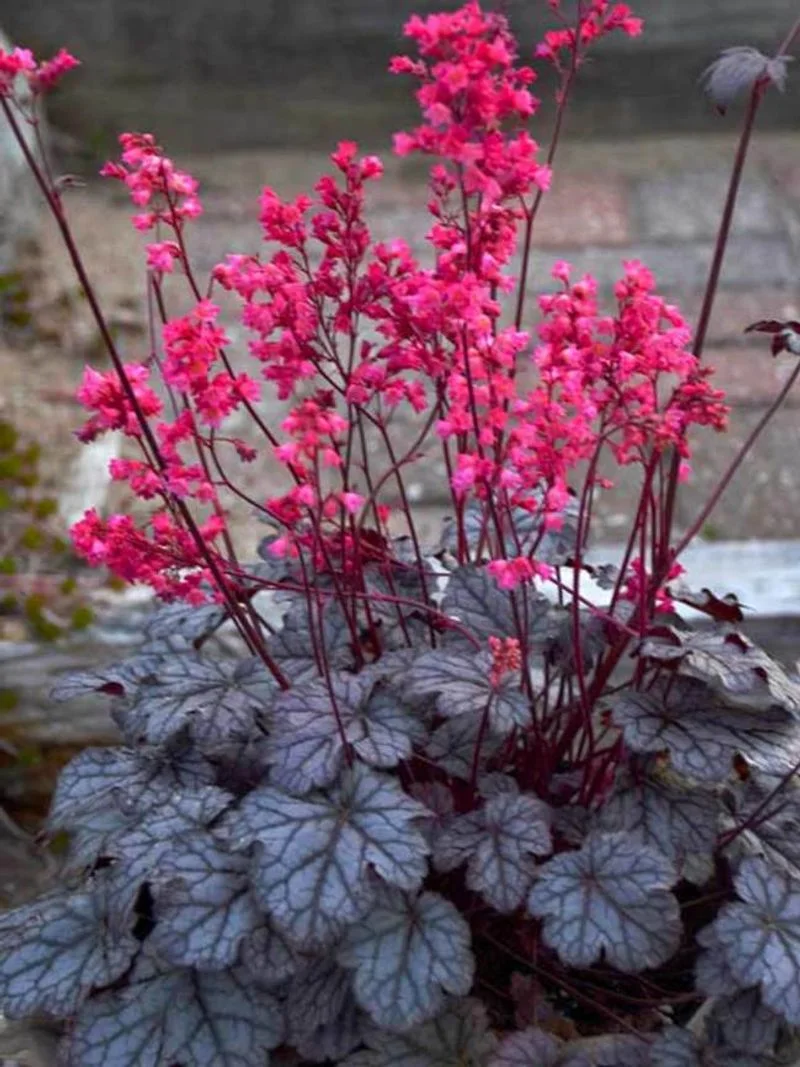
Heucheras, also known as coral bells, are renowned for their stunning foliage in shades of purple, green, and even silver. These compact perennials are a favorite for adding year-round color to shaded areas. They flourish in well-drained soil and can tolerate short periods of sun. Their small flowers attract hummingbirds, adding dynamic interest to your garden. Use them as ground cover or to border pathways.
Bleeding Heart
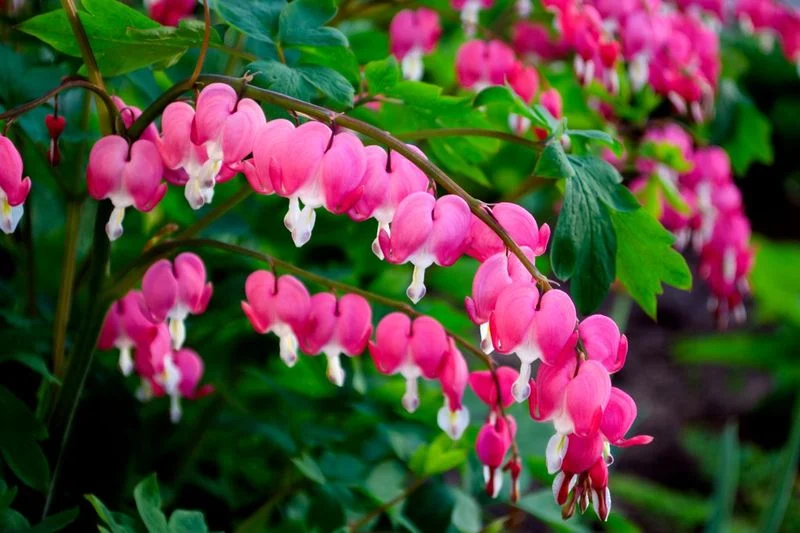
Bleeding hearts are perfect for adding a touch of romance to any shady garden. Their iconic heart-shaped flowers dangle gracefully from arching stems, offering a whimsical appeal. These plants thrive in cool, moist conditions and prefer well-drained soil. While they bloom in spring, their foliage remains attractive even after flowering. Pair them with ferns or hostas for a harmonious display.
Japanese Maple
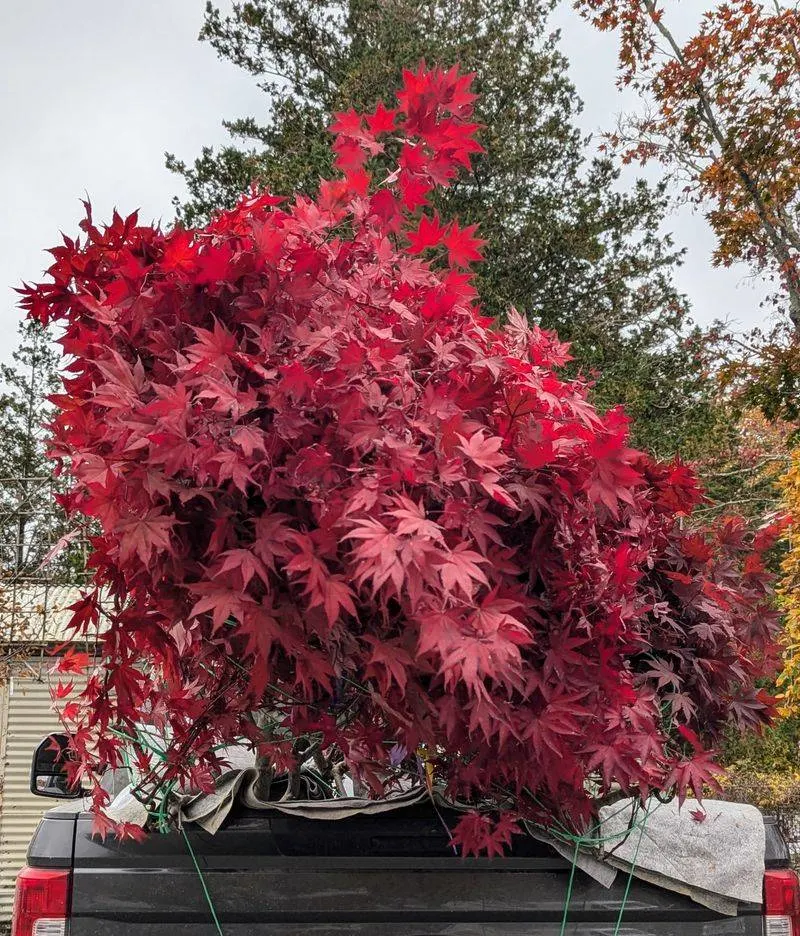
Japanese maples are prized for their exquisite foliage and elegant form. Their vibrant red or orange leaves can create a striking focal point in any garden. These trees thrive in partial shade, where they can develop their best color. Japanese maples prefer well-drained soil and benefit from regular watering. Their graceful branches provide shelter for birds and small wildlife. Consider them for a dramatic accent or as a standalone feature.
Lungwort
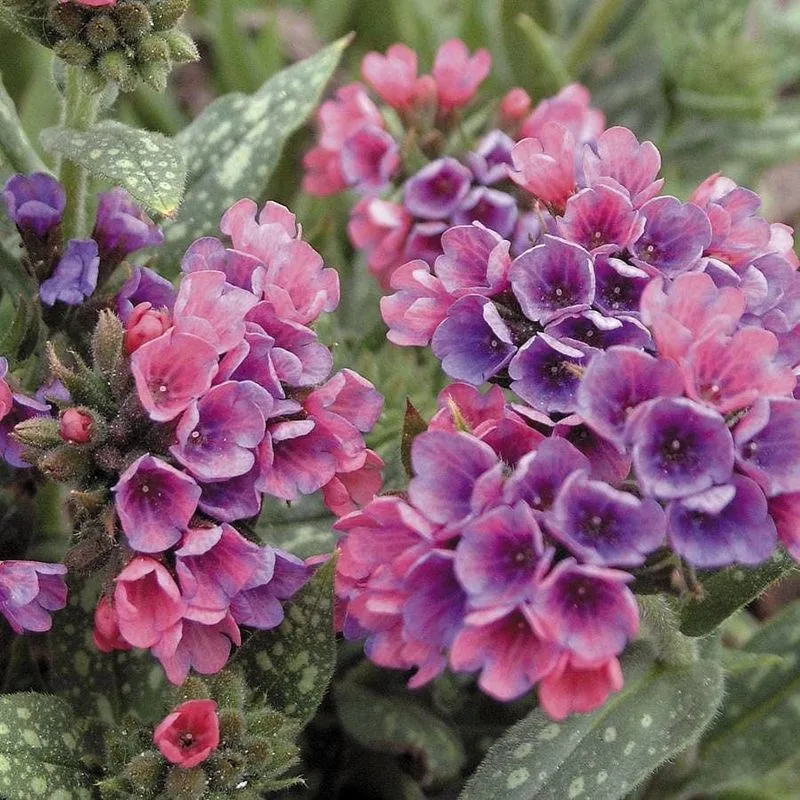
Lungworts are unique for their spotted leaves and charming flowers. They bring an unusual, artistic touch to shaded areas, with blooms that start pink and turn blue. Lungworts prefer moist, well-drained soil and thrive in cooler climates. They are deer-resistant, making them an excellent choice for gardens plagued by these animals. Utilize lungworts as ground cover or pair them with hostas for a textured look.
Brunnera
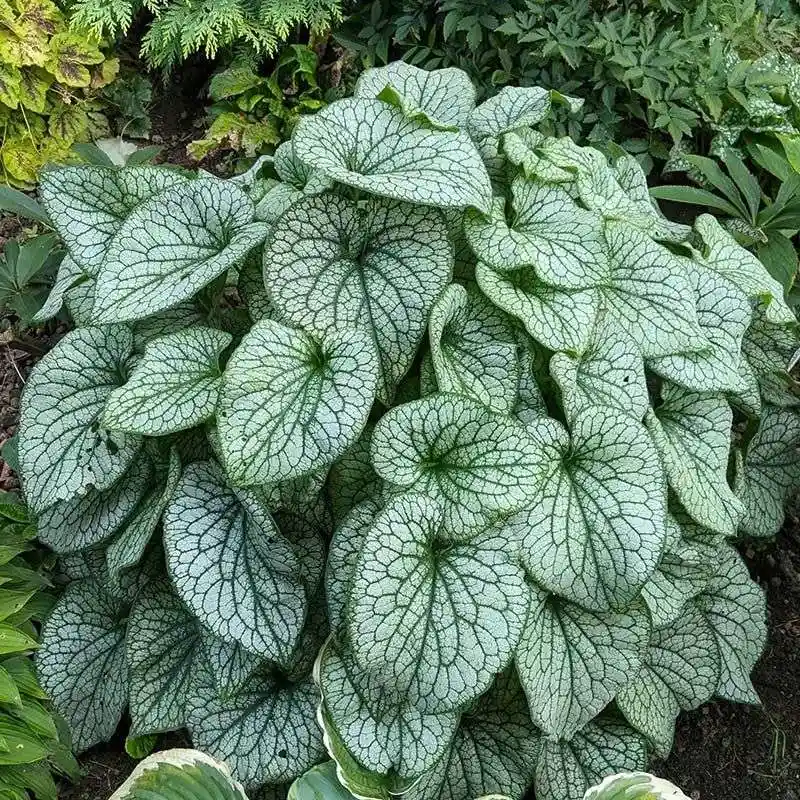
Brunnera, often called Siberian bugloss, features stunning heart-shaped leaves and forget-me-not-like flowers. Their striking silver and green foliage shines in shade gardens. Brunneras prefer rich, moist soil and can tolerate occasional dry conditions. They are ideal for adding texture and color beneath trees or along shaded borders. Consider them for a woodland-themed garden or as a companion to ferns.
Solomon’s Seal
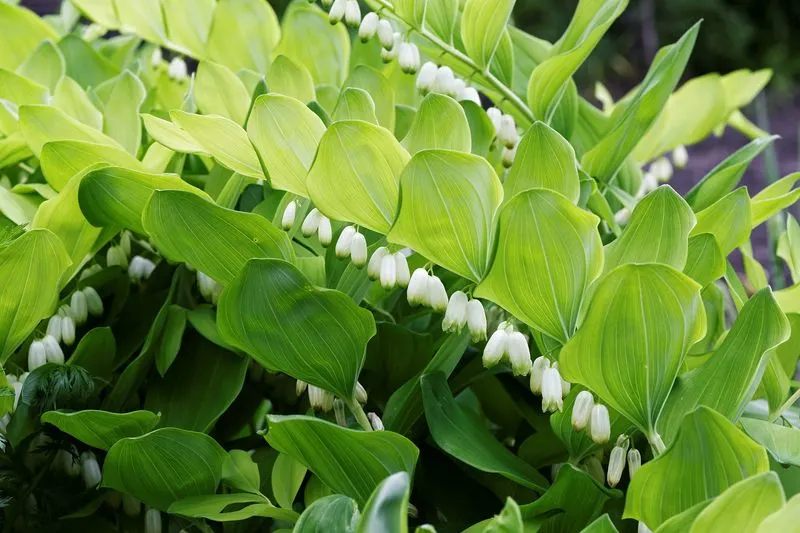
Solomon’s Seal brings elegance with its arching stems and bell-shaped flowers. These perennials enjoy shady conditions and prefer moist, well-drained soil. Their foliage turns golden in fall, providing seasonal interest. Solomon’s Seal is easy to grow and adaptable, making it suitable for various garden styles. Use them to add vertical interest or as a backdrop for other shade-loving plants.
Toad Lily
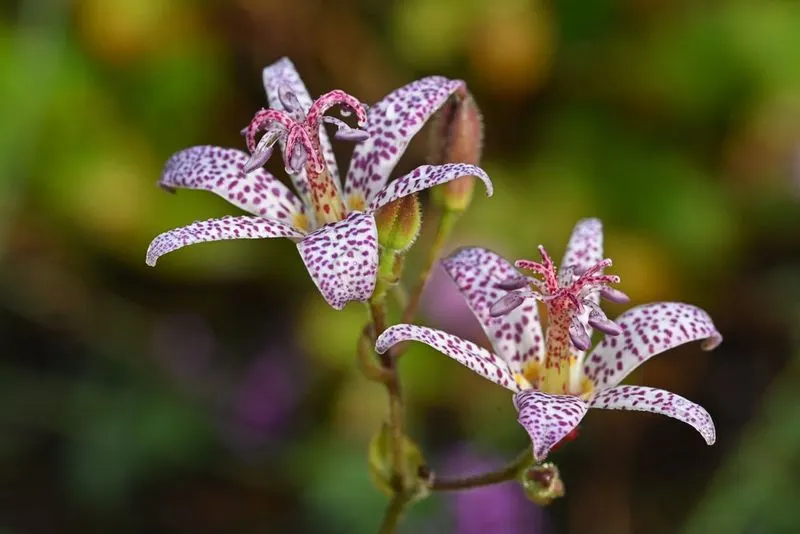
Toad lilies are an unexpected delight in shady gardens. Their orchid-like flowers, covered in intricate spots, bloom in late summer to fall. Toad lilies thrive in moist, well-drained soil and can handle deep shade. They are perfect for adding a touch of exotic flair to your garden. Plant them in groups for a dramatic effect or showcase them in containers on a shaded patio.
Foxglove

Foxgloves are known for their towering spikes of tubular flowers that add vertical drama. They prefer dappled shade and well-drained soil. Foxgloves are biennials, meaning they bloom in their second year, providing anticipation and excitement. Their flowers attract hummingbirds, making your garden lively. Plant them in clusters for a cottage garden feel or along a shaded fence line.
Hellebore
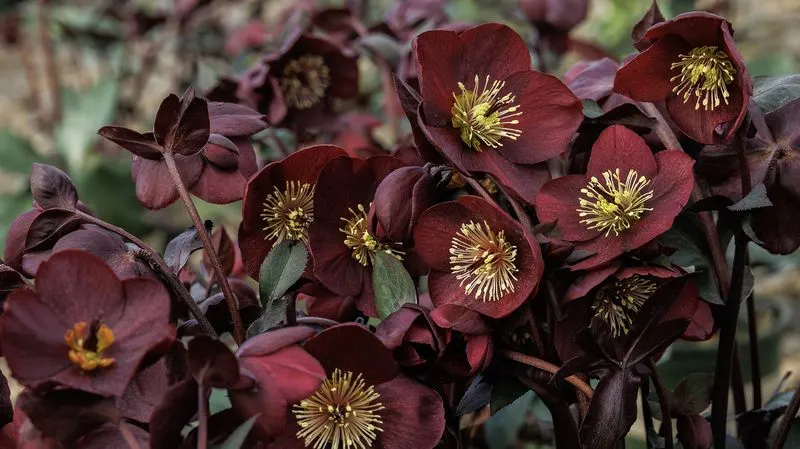
Hellebores, or Lenten roses, are cherished for their winter-to-spring blooms. Their nodding flowers come in various hues and add beauty when little else is flowering. They prefer partial to full shade and well-drained soil. Hellebores are low maintenance and long-lived, making them a staple in perennial gardens. Pair them with early spring bulbs for a continuous display of color.
Virginia Bluebells
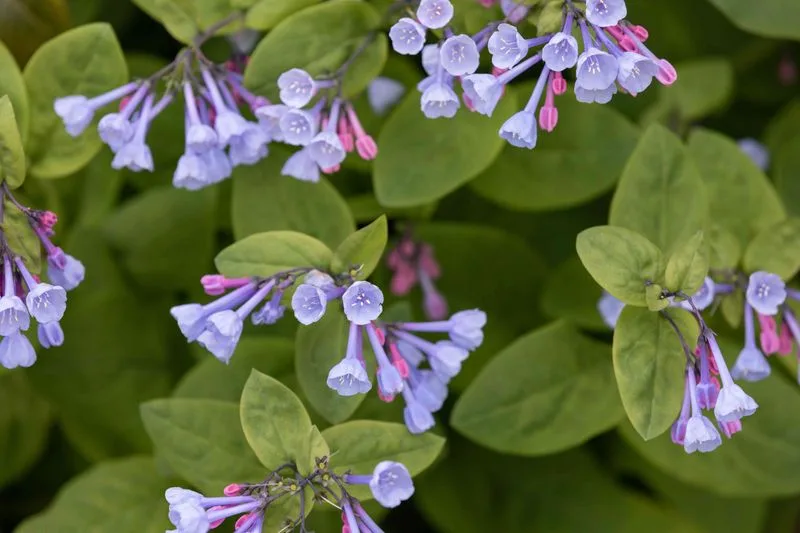
Virginia bluebells offer a burst of color with their bell-shaped flowers that transition from pink buds to vibrant blue blooms. These plants thrive in rich, moist soil and partial to full shade. Bluebells are ephemeral, meaning they disappear after blooming, so consider pairing them with later-emerging plants. They are perfect for naturalizing in woodland gardens or along shaded streams.
Trillium
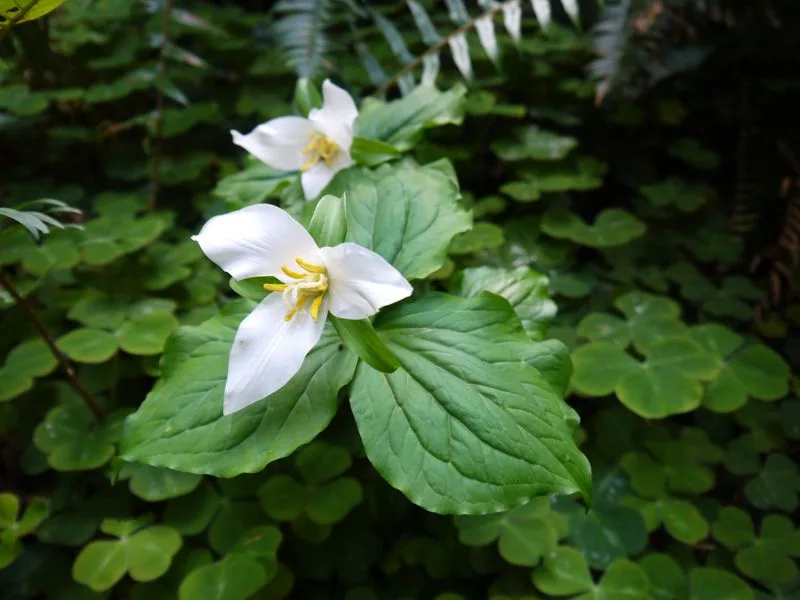
Trilliums, often called wake-robin, are a true woodland gem. Their three-petaled flowers are a welcome sight in early spring. Trilliums thrive in rich, damp soil and full to partial shade. They are a symbol of spring renewal and are best left undisturbed once planted. Use them to add a naturalistic touch to woodland gardens or shaded borders. Pairing trilliums with ferns creates a timeless scene.
Foamflower
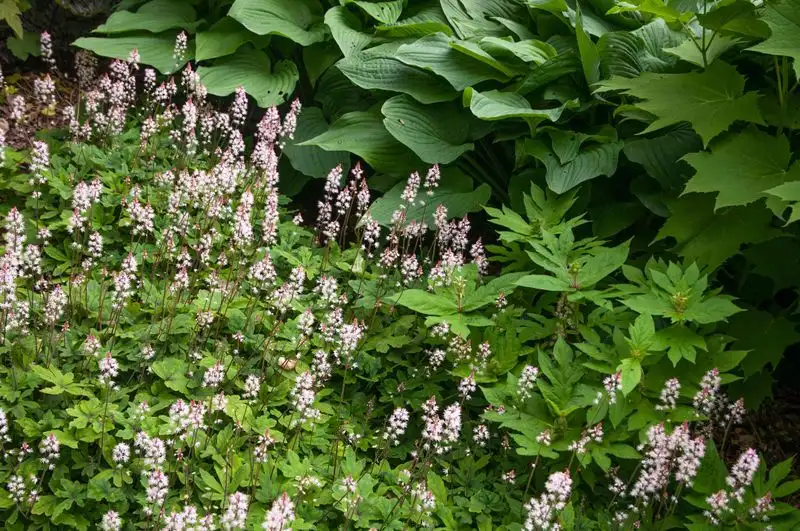
Foamflowers are delightful perennials known for their frothy, star-shaped blooms. They thrive in moist, well-drained soil and partial to full shade. Foamflowers are perfect for rock gardens or as ground cover under trees. Their foliage remains attractive even after flowering, providing lasting appeal. Consider planting them alongside other shade lovers like hostas or heucheras for a layered effect.
Lily of the Valley
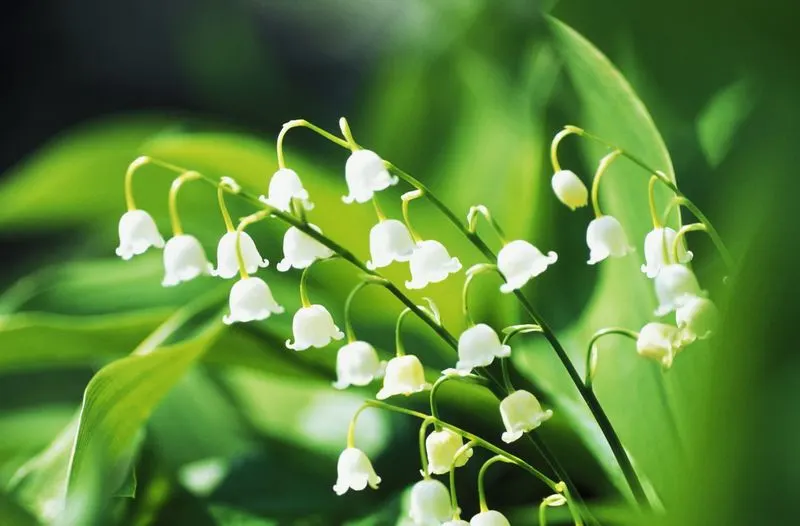
Lily of the Valley is a charming plant known for its fragrant, bell-shaped flowers. These perennials thrive in the shade and are ideal for ground cover. They prefer moist, well-drained soil and spread quickly. Their sweet scent and dainty blooms make them a favorite in traditional gardens. Consider planting them near paths or doorways where their fragrance can be enjoyed.
Epimedium

Epimedium, also known as barrenwort, is celebrated for its heart-shaped leaves and delicate flowers. They thrive in dry shade, making them perfect for areas under trees where other plants struggle. Epimediums are tough yet elegant and provide ground cover that suppresses weeds. Their foliage takes on beautiful shades in fall, adding seasonal interest. Pair them with larger shade plants for a textured look.
Hakone Grass
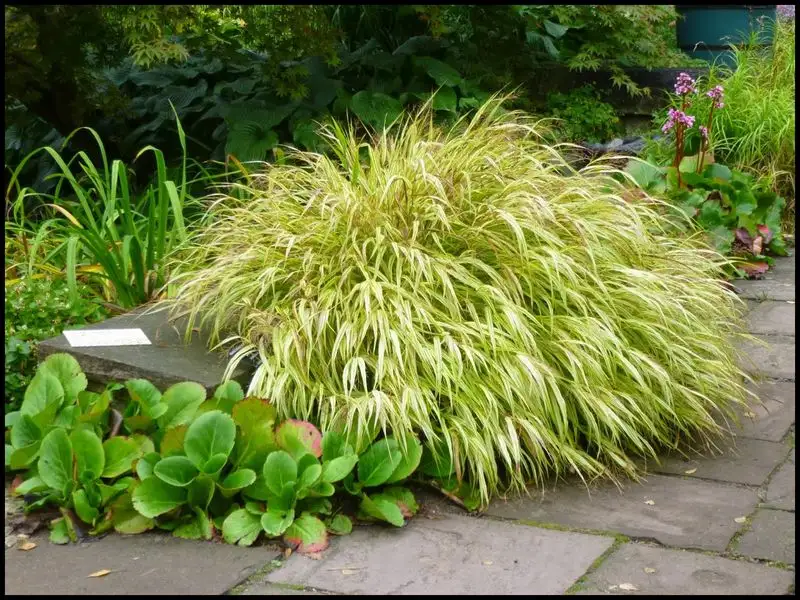
Hakone grass brings a touch of elegance with its flowing, bamboo-like appearance. This ornamental grass thrives in partial to full shade and prefers moist, well-drained soil. Its vibrant green and gold blades provide year-round interest and movement. Hakone grass is ideal for adding texture to shaded borders or as a ground cover. Consider using it in Japanese-style gardens or alongside water features.
Pulmonaria
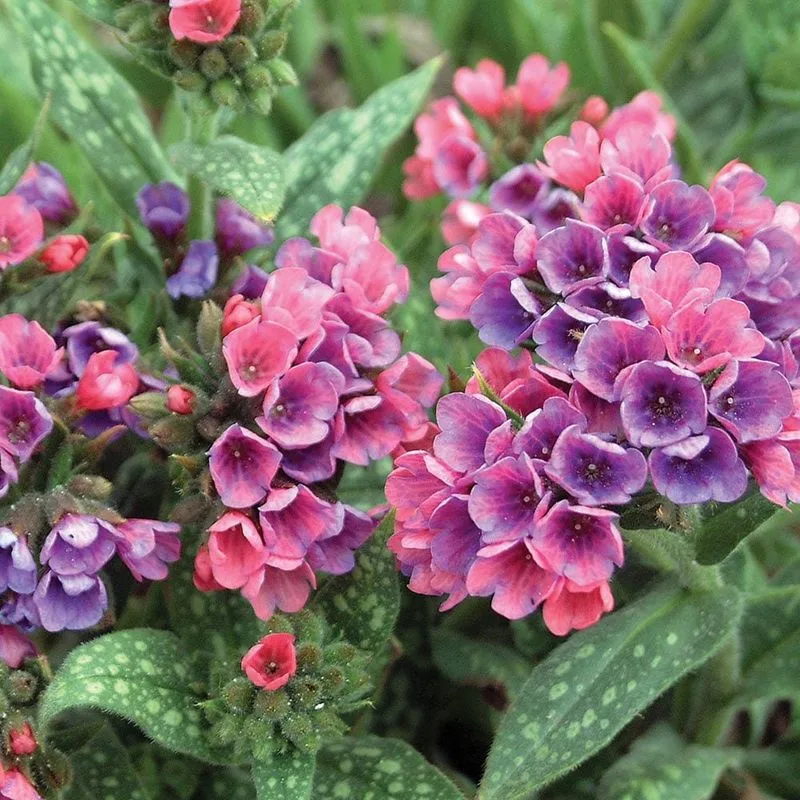
Pulmonaria, or lungwort, stands out with its spotted foliage and clusters of pink and blue flowers. These plants thrive in shady areas with moist, well-drained soil. Pulmonaria is low-maintenance and resistant to deer, making it a practical choice. They add a splash of color in early spring and are perfect companions for hostas and ferns. Use them to create a picturesque cottage garden feel.
Japanese Forest Grass
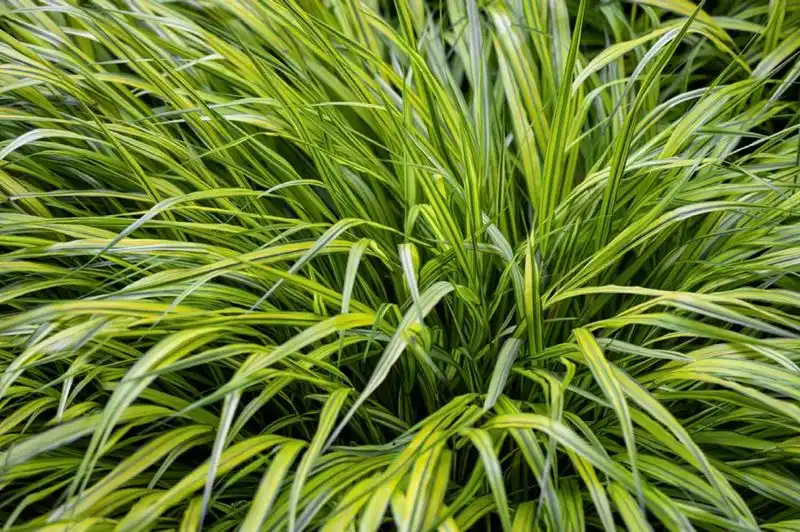
Japanese forest grass offers a graceful, arching form that softens the edges of shaded gardens. Its bright green and yellow-striped leaves are eye-catching and add a sense of movement. This grass prefers partial to full shade and moist, well-drained soil. It’s an excellent choice for ground cover or as a border plant. Pair it with ferns or hostas for a harmonious garden design.
Bergenia
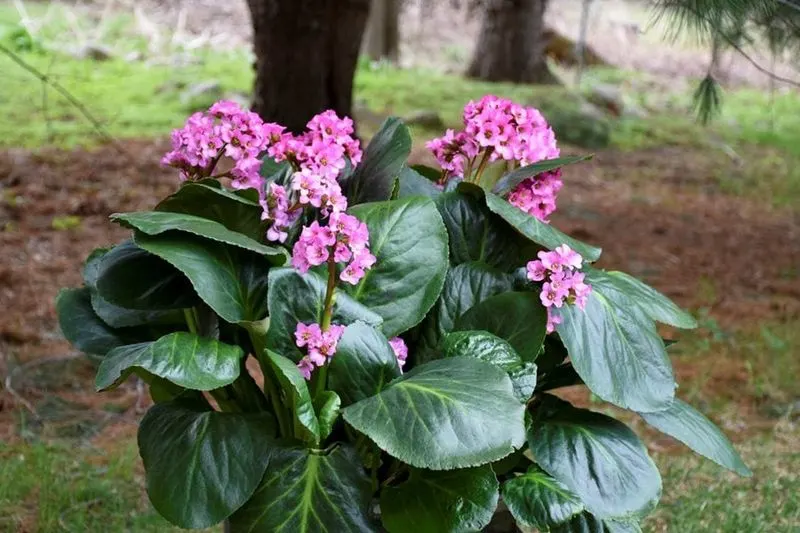
Bergenia, also known as pig squeak, is cherished for its thick, glossy leaves and vibrant spring flowers. This robust perennial thrives in shade and is tolerant of a range of soil conditions. Bergenia’s leaves turn shades of bronze in fall, adding seasonal interest. It’s perfect as a ground cover or for edging pathways. Pair it with other shade-loving plants for a diverse garden display.

